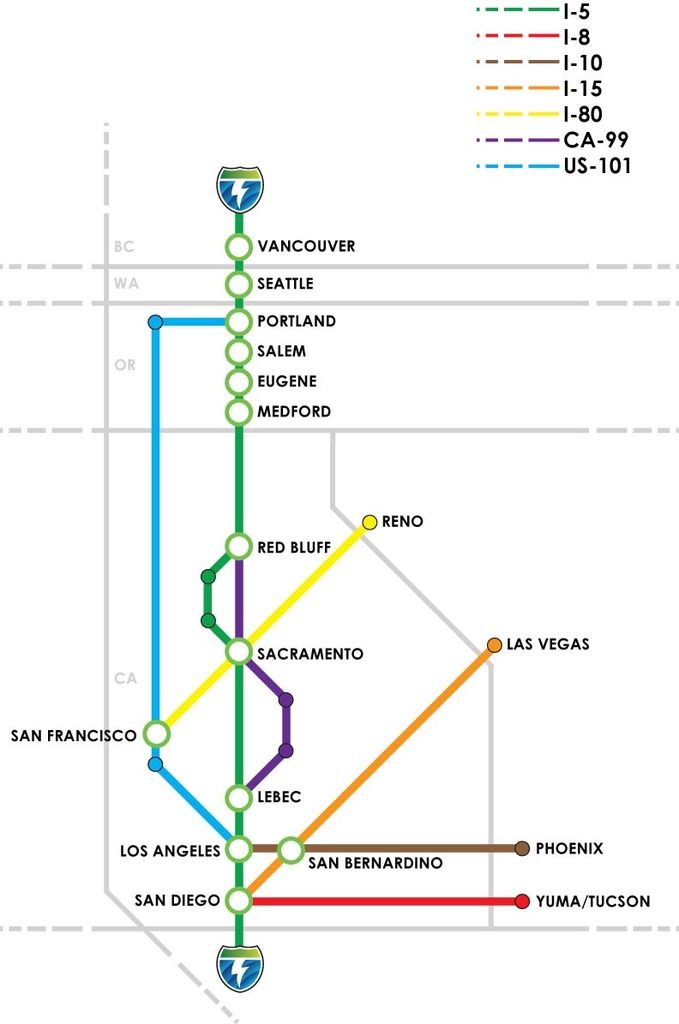FutureFolly said:
Tony, your EV cohorts and you set reasonable goals for usable DC-FC infrastructure. I like the idea of building the network like an interstate highway with uniformity and regulated standards. Have you considered starting an NGO designed to make charging more democratic?
We are indeed working on the "democratic" NGO type organization of which you speak!!!
I would have liked to hear where you think phases 3-10 should go more than the first two. Connecting the Bay to LA is the easiest corridor to push for. CA needs to target DC-FC viable travel on almost all major highways in the state if they want to prove what the technology can do. At what point do we push corridors into NV and AZ? What about corridors in the Bay Area(101,280,580,680,880)? Should connecting very long distance areas be the priority? Should the CA-WCEH focus on expansion before gap shortening on existing corridors? What type of pricing regulations would you push for?
Pricing should be "competitive" with other providers... monthly plans, per kWh plans, and per use.
Draw a "London Underground" style map: (no particular order for 2-6, but 7 is last):
1) San Diego to Oregon, via I-5 and CA-99 (interchange circle at Los Angeles and Sacramento)
2) San Diego to Las Vegas, via I-15 (interchange circle at San Bernadino)
3) Los Angeles to Phoenix, via I-10 (Interchange circle at San Bernadino)
4) Los Angeles to Oregon via US-101 (interchange circle at San Francisco)
5) San Francisco to Reno via I-80 (interchange circle at Sacramento)
6) San Diego to Yuma / Tucson via I-8 (interchange circle in San Diego)
7) dashed line for future I-5 corridor, Grapevine (Lebec) to Sacramento (difficult for electric power and services, like I-15, I-10 and I-8)








